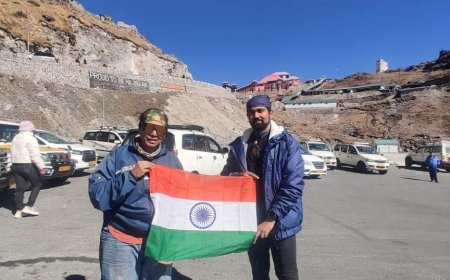Food On The Menu | Asian And South-East Asian Edition
Here is the glimpse of the food types one can expect to see while travelling!
1. CHINA

Chinese food is a major aspect of Chinese culture, with an extensive history, distinctive characteristics, many styles and fine cuisine. Each Chinese traditional delicacy focuses on balancing the look, aroma and flavors. Chinese culinary staples, such as rice, noodles, soy sauce, tea and tofu are now available globally, as well as equipment such as chopsticks and woks. Some of traditional food that you must are:
- Dim Sums
- Hot Pot
- Spring Rolls
- Kung Pao Chicken
2. INDIA

Indian food, especially South East Asian cuisines, has also impacted cuisines worldwide. Indian cuisine is characterized by a wide range of regional and traditional food recipes. Because of its diversity these cuisines differ greatly and employ spices, herbs, fruit and vegetables locally accessible. It is currently one of the most popular cuisines in the world and extremely popular in America, Europe, Australia and Africa. Some of the must try Indian food includes:
- Biryani
- Kebabs
- Dosa
- Rogan Josh
3. INDONESIA
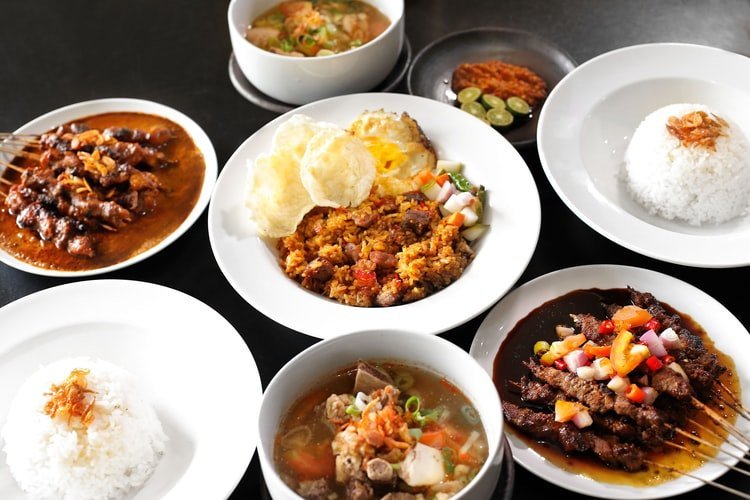
Indonesia's culinary culture is formed by several aspects, including geography, culture and history. It is apparent that Indonesian food, with a tremendous scope in tourism, have been used as a way of to popularize their culture and heritage. Some of the local delicacies to try are:
- Sate Ayam
- Ikan Bakar
- Nasi Uduk
- Gado - gado
4. PAKISTAN

Pakistani cuisine is generally described as flavorful, spicy and overlapping with that of neighboring India, based on the eastern provinces of Punjab or parts of Sindh. A particular mixture of unique flavors in Pakistani food is provided with Indian, Far Eastern and Middle Eastern cooking methods. The most popular spices used to make a large range of meals in Pakistan are brown cardamom, green cardamom, cinnamon, cloves, mace and black pepper. The local food includes
- Nihari
- Halwa Puri
- Mutton Korma
- Kabuli Pulao
5. BANGLADESH
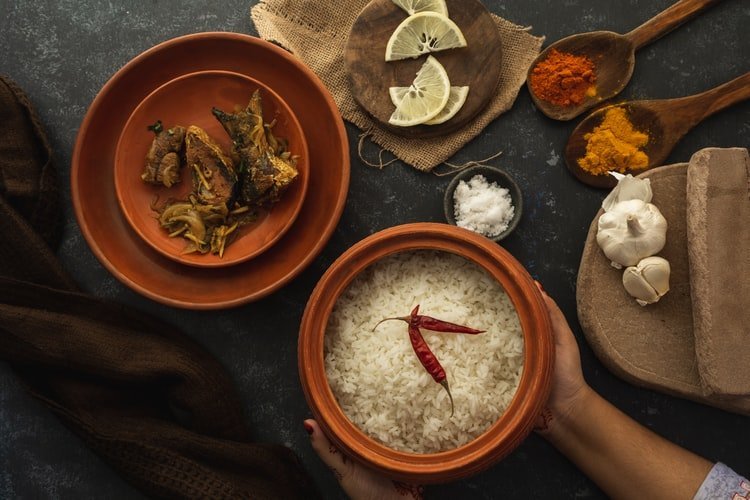
Bangladeshi cuisine is influenced by Mughlai, Bengali and North-East Indian cuisine. Interestingly Bangladeshi food is served in course and includes various side dishes. Their staple food is rice and their diet also contain fish curry and lentils. Desserts like rice cakes and rice pudding is also famous. Their local delicacies includes:
- Hilsa/ Ilish Curry
- Chingri Macher Malaikari
- Kacchi Biryani
- Bhuna Khichuri
6. JAPAN

Japan is split into many geographical areas, each with its own distinctive culinary traditions. Traditional Japanese cuisine or Washoku promotes diversity and balance on the basis of "rules of five." Five colors (black, white, red, yellow and green), five ways of cooking (raw food, grilling, steaming, boiling and frying) and five different tastes are the means of this process (sweet, spicy, salty, sour, and bitter). In Japan food is normally cooked with meat, fish or vegetables, is served with rice or noodles and a soup. Must try Japanese local food are:
- Sushi
- Ramen
- Miso Soup
- Onigiri
7. PHILIPPINES

Filipino cuisines have emerged from the various civilizations which have influenced its history. It is like other Southeast Asian cuisines, but with significant Chinese, Spanish and American influence. Since listing of Philippine foods is a little challenging since it is locally, regionally and seasonally a combination of various international cuisines, especially for foreigners. Local food to try are:
- Pancit
- Sinigang
- Kare – Kare
- Adobo
8. VIETNAM
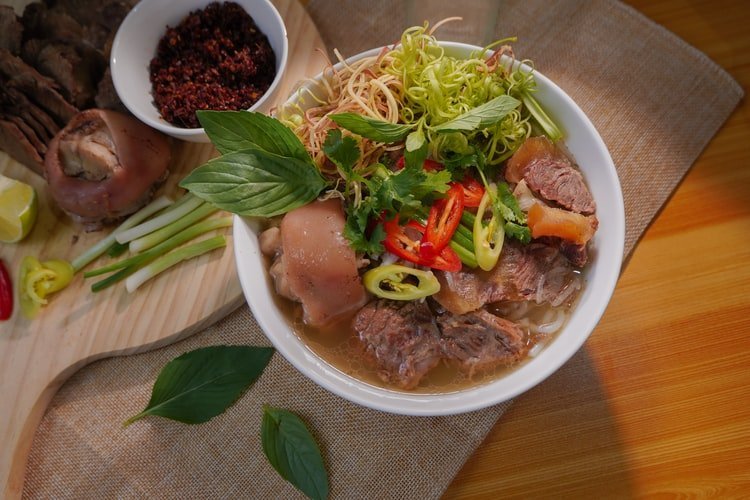
The Vietnamese cuisine follows the Xu Wing and Mahābhūta principles. Their basic ideology is to balance the five components (i.e. each Vietnamese dish features a careful combination of five flavors: sweet, sour, salty, bitter and hot) for health and well-being. Stir-frying using a wok and chopsticks is common. Vietnamese meals, including sauces, meats, cold roast pig, and baguettes, might have some European influences (French rolls). On the other hand, unusual meat such as dog, turtle and snake is still extremely popular in some regions of the country. Traditional food includes:
- Pho
- Bun Vha
- Banh Mi
- Cha Ca
9. THAILAND

Over the course of many years Thai cuisine and the traditional dishes, notably India, Malaysia, and Indonesia, have impacted each other. Thailand's cuisine endeavors hard to attract food lovers to its fragrance. The thick and creamy curries, scented sauces, delicious fast food and desserts are guaranteed to make you go back and relax. Some of the traditional dishes that one must try are:
- Tom Yum Goong
- Som Tam
- Laap
- Pad Thai
10. SOUTH KOREA
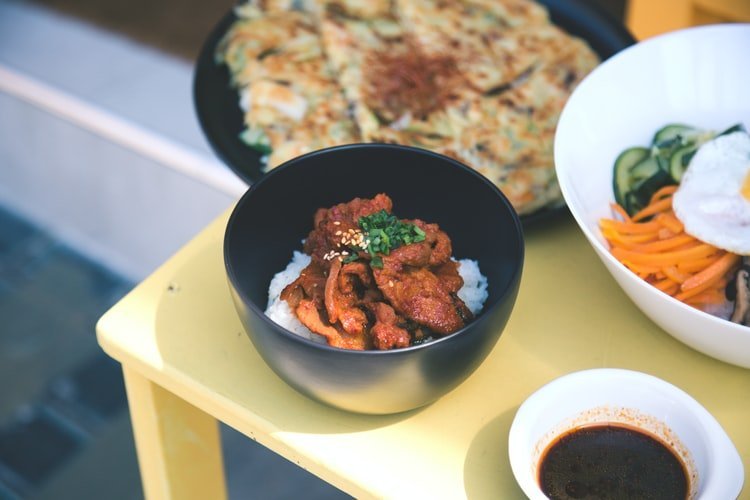
Korean cuisine’s ingredients and technique range greatly from intricate Korean royal courtyards to regional delicacies and contemporary fusion cuisine. Many meals have grown popular worldwide. Today, Korean food is so popular that both local citizens and visitors describe it as delicious, spicy, hearty and food-friendly pleasures, which you may enjoy every day. Local food that you might enjoy includes:
- Bibimbap
- Japchae
- Samgyeopsal
- Kimchi
11. MALAYSIA
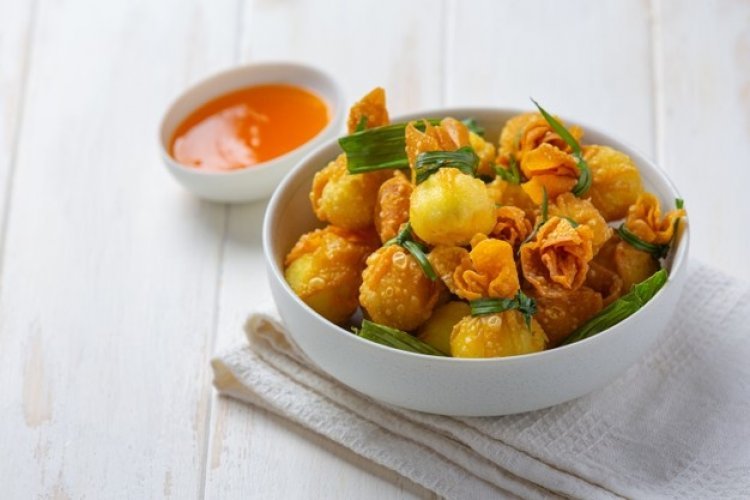
What makes Malaysian cuisine so fascinating is that its rich multicultural heritage and history. The dishes are heavily influenced by its immigrant’s country’s culture, especially India, Middle East, Indonesia and china. Again, like many Asian cuisines, rice is the staple food. Common spices used in their food are lemongrass, star anise, kaffir lime leaves, fenugreek, and cardamom, etc. Locals highly enjoys:
- Nasi lemak
- Nasi kandar
- Laksa
- Apam balik
12. NEPAL

In Nepal depending on the area, the food habits change. The Indian and the Tibetan ways of cooking have impacted Nepalese cuisine. The authentic Nepalian flavor may be found across the valley in the Newari and Thakali cuisines. Some of the worth mentioning dishes are:
- Dal bhat
- Thakali Khana
- Momos
- Thukpa
13. SRI LANKA
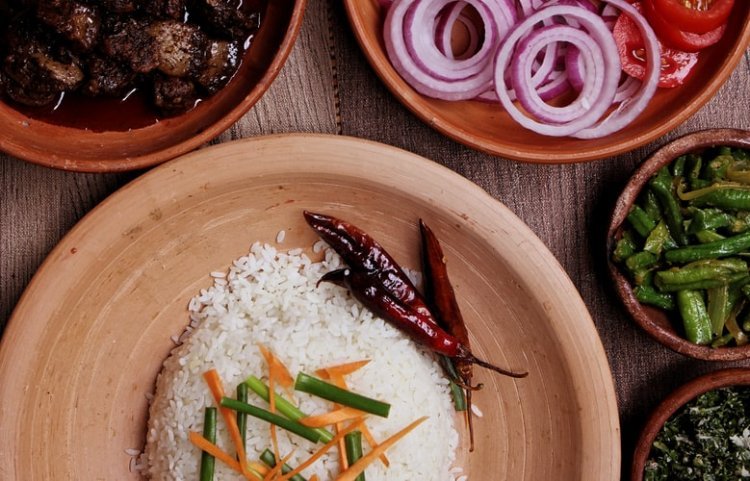
Although Sri Lankan food is similar to South Indian Cuisine, it retains its unique style of food. The special mixes of herbs and spices, seafood, vegetable, rice and fruit are famous in Sri Lankan cuisine. The food focuses heavily on several rice types and on the coconut that is an omnipresent plant in the region. Fresh fish or preserved fish also play a major role in the cuisine. The traditional dishes includes:
- Fish ambul thiyal
- Kukul mas curry
- Lamprais
- Polos
14. SINGAPORE

Singaporean Cuisine is a combination of Malay, Chinese, Indonesian, Indian and western food. Singaporean literature professes to be obsessed with eating food. Food is a common topic for discussion amongst Singaporeans. There are food restrictions as there is a large population of vegans, Muslims and Hindus. People from various groups dine regularly together, taking into consideration the culture of each other and choose dishes suitable to everyone. Local food includes:
- Bak Kut Teh
- Bak Chor Mee
- Hainanese chicken rice
- Chilli crab
15. BHUTAN

Rice is the staple food, while Corn and buckwheat are also cultivated. It is accompanied by one or two side dishes consisting of meat or vegetables. Chinese, Nepalese, Tibetan and Indian foods are found easily in Bhutan. Some of the traditional dishes are:
- Ema Datshi
- Red Rice
- Kewa Datshi
- Shakam Paa
16. MALDIVES
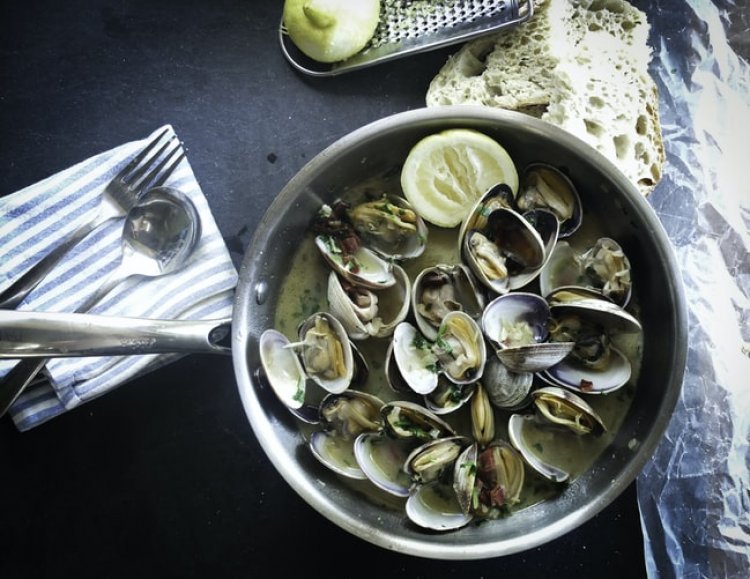
Maldivian food is the merger of neighboring nations such as Sri Lanka and India. Fish are the major staple diet as the Maldives are mainly sea. Coconut is another significant component of Maldivian cuisine, which is utilized in many forms, such as milk, oil or grated as a garnish. Local dishes to try are:
- Garudhiya
- Mas Huni
- Boshi Mashuni
- Bis Keemiya
What's Your Reaction?









